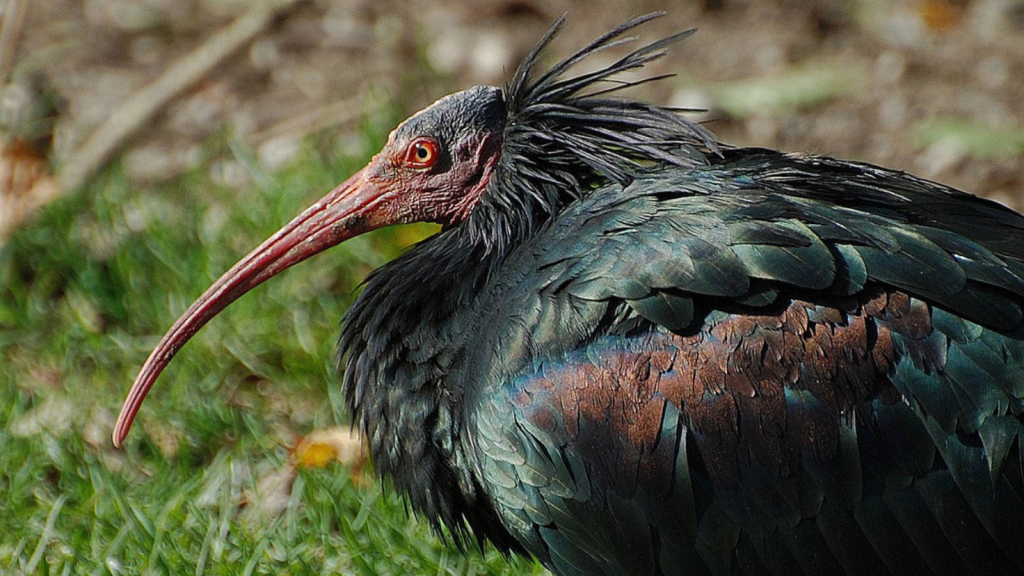This is a topic that really tugs at the heartstrings. So many incredible species are on the brink of extinction, yet most people have never heard of them. Below, I’ll introduce you to 15 endangered species you’ve likely never heard of, but they’re fascinating and urgently need attention. Hopefully, sharing these stories will spark interest in the unique creatures we share our planet with—and just how delicate their existence is.
1. Saola – The “Asian Unicorn”
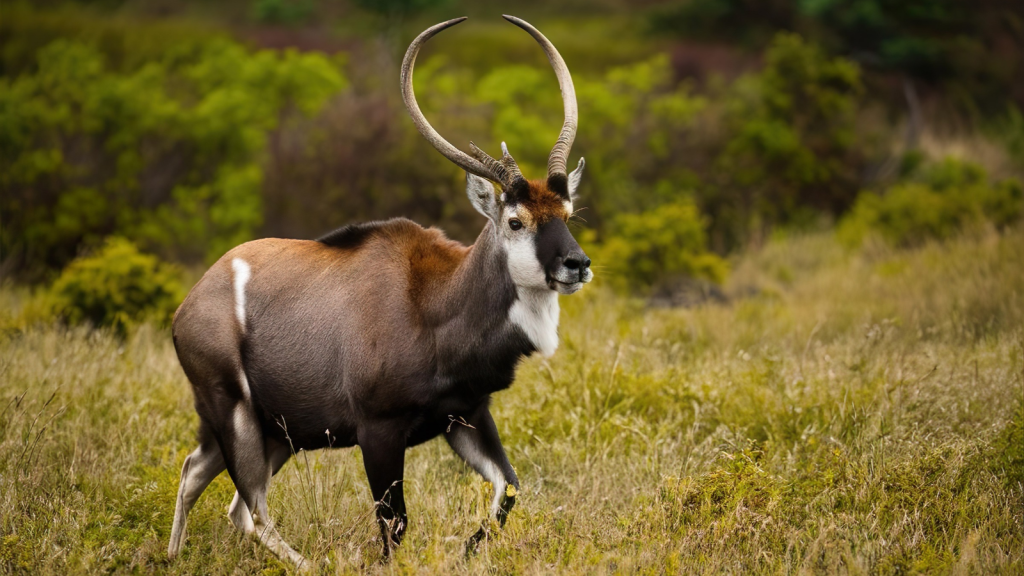
The Saola, a mysterious and elusive species found in the Annamite Mountains along the Laos and Vietnam border, is one of the world’s rarest mammals. It was only discovered in 1992 and is often called the “Asian unicorn” due to its rarity. With long, slender horns and white facial markings, this gentle herbivore is under threat from poaching and habitat loss due to human encroachment. Very few have been spotted in the wild, making it one of the most critically endangered species.
2. Vaquita – The Tiny Gulf Dolphin
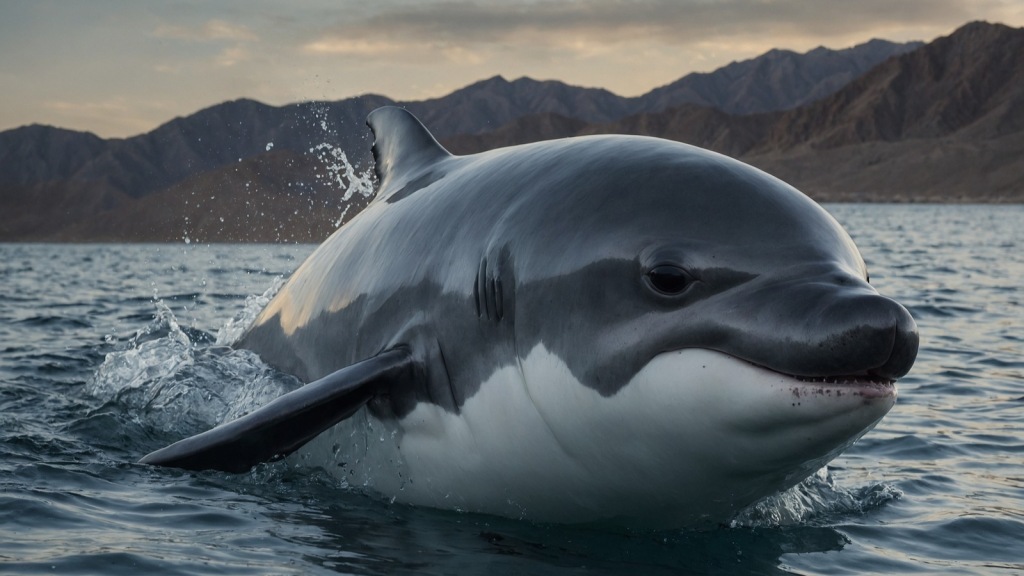
Found in the northern part of the Gulf of California, the Vaquita is the smallest and most endangered cetacean in the world. These shy porpoises are often caught as bycatch in illegal fishing nets set for another endangered species, the Totoaba fish. With fewer than 10 individuals left in the wild, the Vaquita is dangerously close to extinction, and unless drastic action is taken, they may disappear entirely within our lifetime.
3. Javan Rhino – A Solitary Survivor
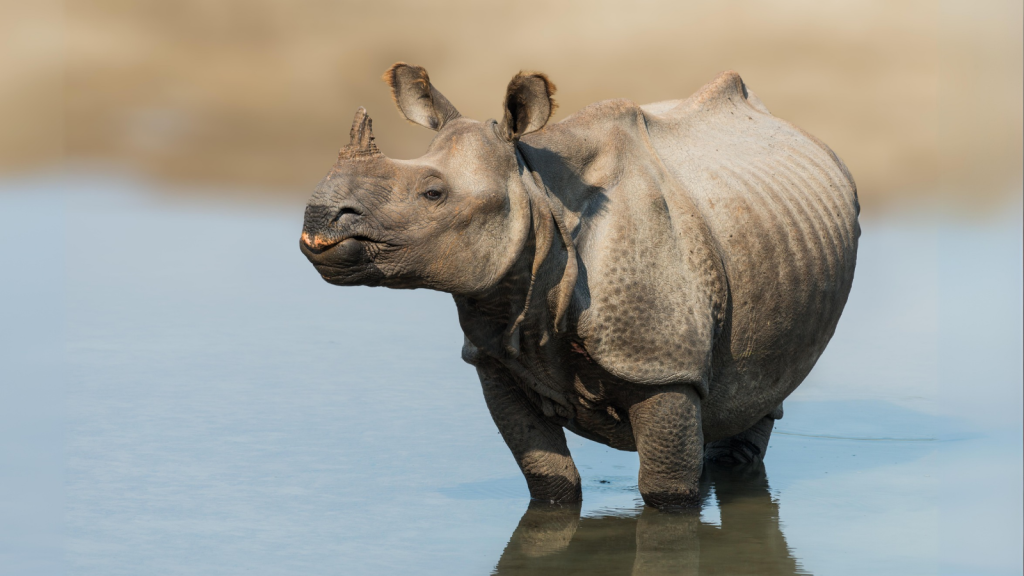
The Javan Rhino is one of the rarest large mammals on Earth, with fewer than 80 individuals left in Indonesia’s Ujung Kulon National Park. Unlike its African relatives, the Javan Rhino is more solitary and prefers dense lowland rainforests. Poaching for their horns and habitat destruction has pushed this ancient species to the brink of extinction. It’s now critically endangered, with conservation efforts focused on protecting the small remaining population.
4. Axolotl – The Walking Fish
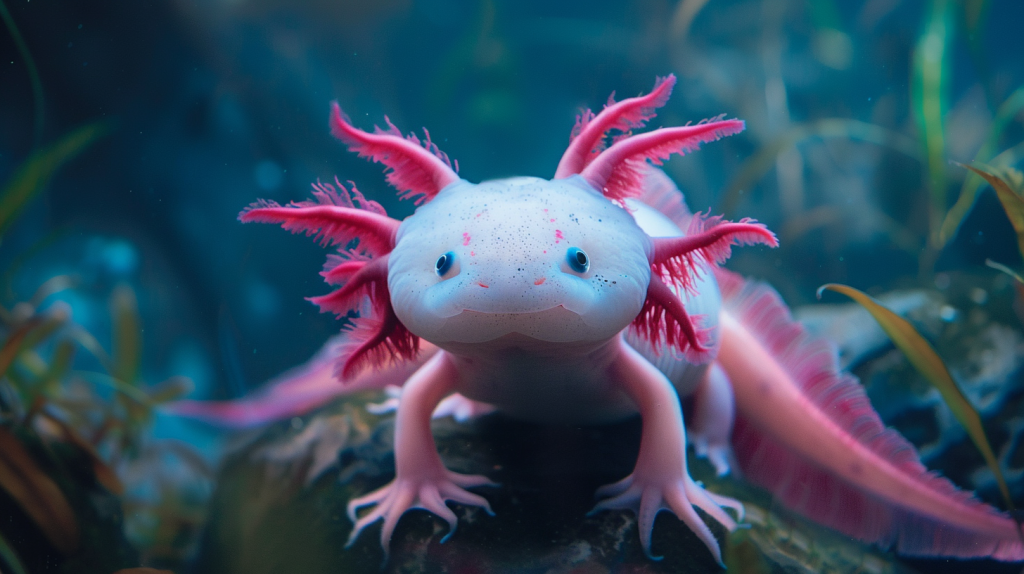
The Axolotl is an amphibian found only in the lakes of Mexico City, and it has a rather fascinating ability to regenerate lost limbs. Known as the “walking fish,” although it’s actually a salamander, the Axolotl has suffered from pollution and urbanisation that have drastically reduced its natural habitat. Though it’s popular in research labs due to its unique biology, in the wild, this little creature is critically endangered and at risk of disappearing altogether.
5. Kakapo – The World’s Heaviest Parrot
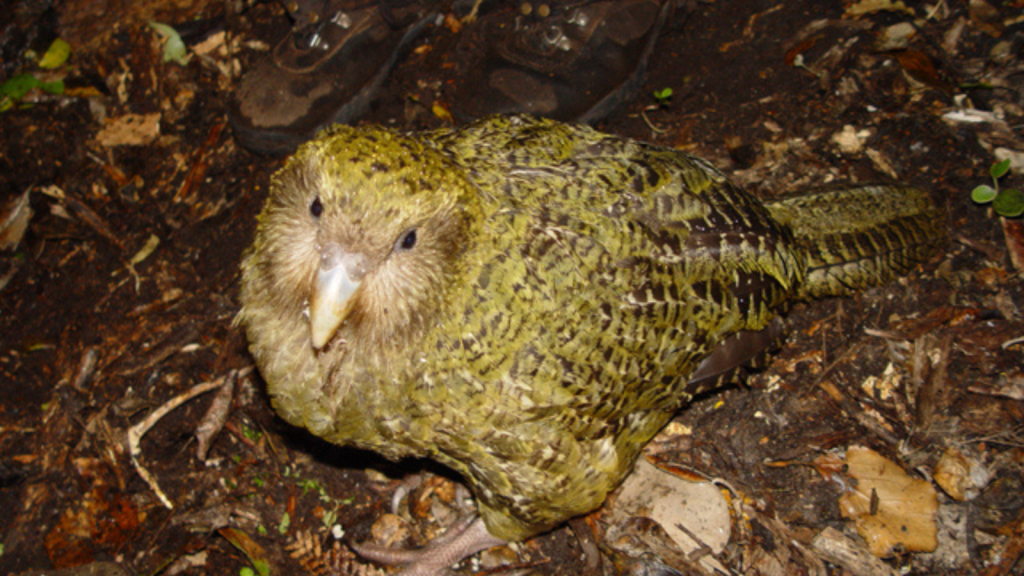
The Kakapo is a flightless, nocturnal parrot from New Zealand, known for its unique owl-like face and large size, weighing up to 4kg. Once common across New Zealand, they have been pushed to the brink by habitat destruction and introduced predators like rats and cats. Thanks to a dedicated breeding programme, their population has been slowly recovering, but with just over 200 individuals left, they remain one of the world’s rarest birds.
6. Philippine Crocodile – The Freshwater Predator
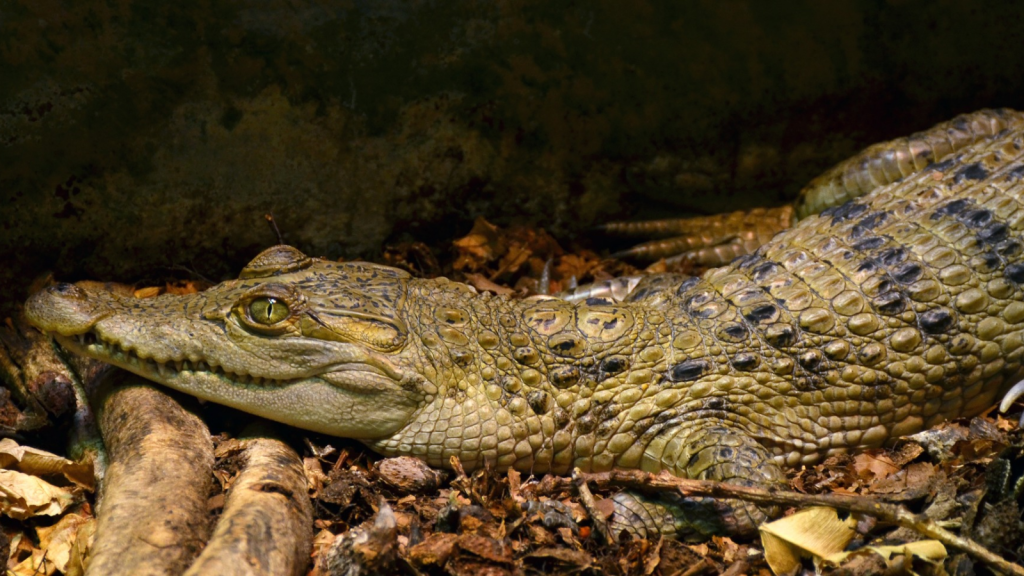
The Philippine Crocodile is a critically endangered species native to the freshwater rivers and marshes of the Philippines. It’s much smaller than the more famous saltwater crocodile, but that doesn’t make it any less important. Due to overfishing, habitat destruction, and hunting, their numbers have dwindled to fewer than 200 in the wild. Conservationists are now working hard to protect the remaining population and restore their habitat.
7. Red-Crowned Roofed Turtle – The River Dweller
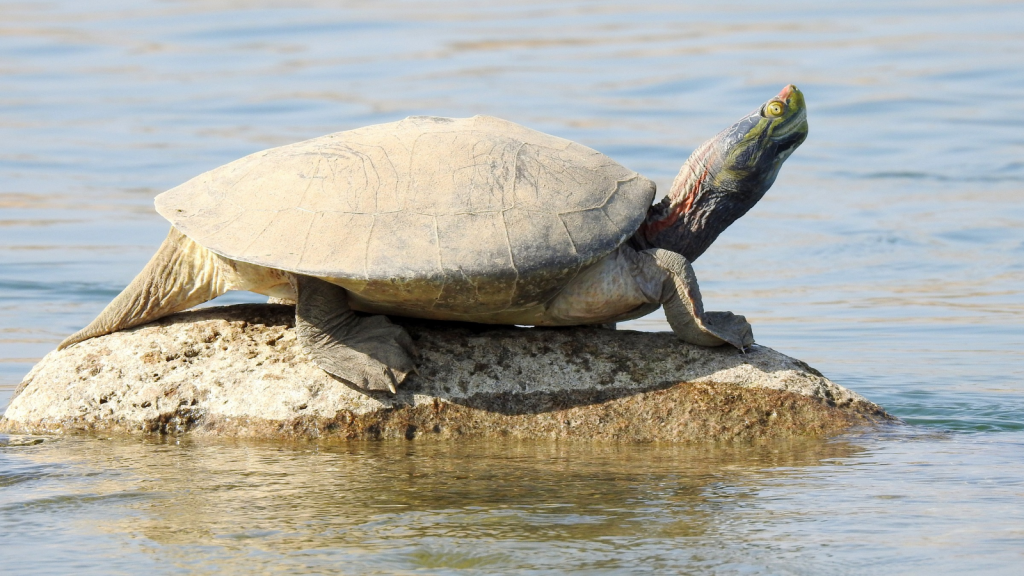
Native to northern India, Bangladesh, and Nepal, the Red-Crowned Roofed Turtle is a striking species that has suffered from human exploitation of river systems. Their nesting sites are often disrupted by river damming and sand mining, while they also face threats from poaching for their eggs and meat. With fewer than 500 left in the wild, this colourful turtle is fighting for survival.
8. Pygmy Three-Toed Sloth – The Tiny Island Resident
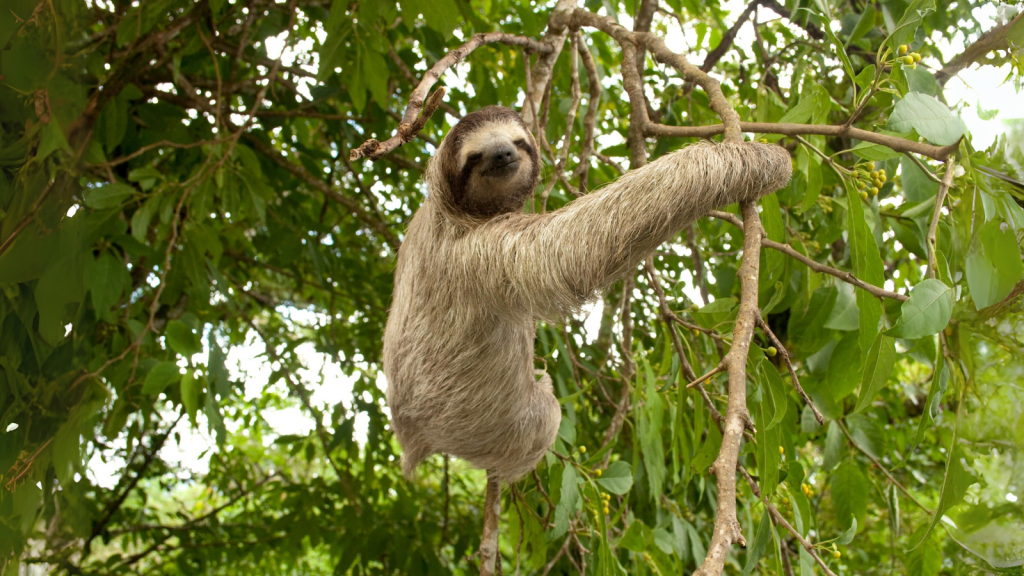
Endemic to a small island off the coast of Panama, the Pygmy Three-Toed Sloth is the smallest of the sloth species. Living in the mangrove forests of Isla Escudo de Veraguas, this slow-moving creature is critically endangered due to habitat destruction and illegal hunting. With fewer than 100 individuals remaining, the Pygmy Three-Toed Sloth’s future is uncertain.
9. Gooty Tarantula – The Electric Blue Spider
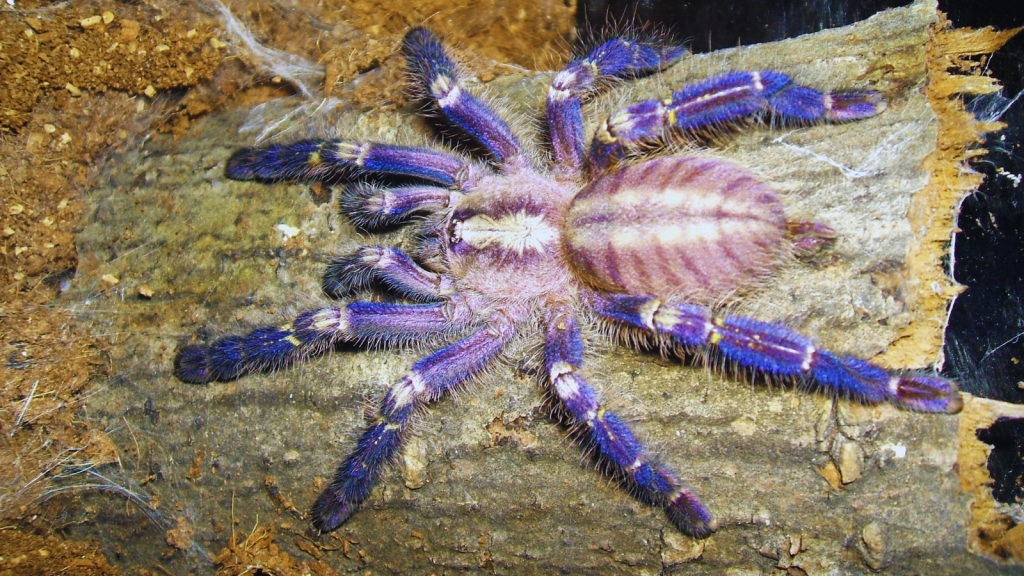
The Gooty Tarantula, also known as the Metallic Tarantula, is one of the most stunning spiders in the world, with electric blue colouring that makes it stand out. Found in a small area of forest in India, this species is critically endangered due to deforestation and illegal pet trade. Its habitat is shrinking rapidly, and conservation efforts are struggling to keep up with the threats it faces.
10. Madagascar Pochard – The World’s Rarest Duck
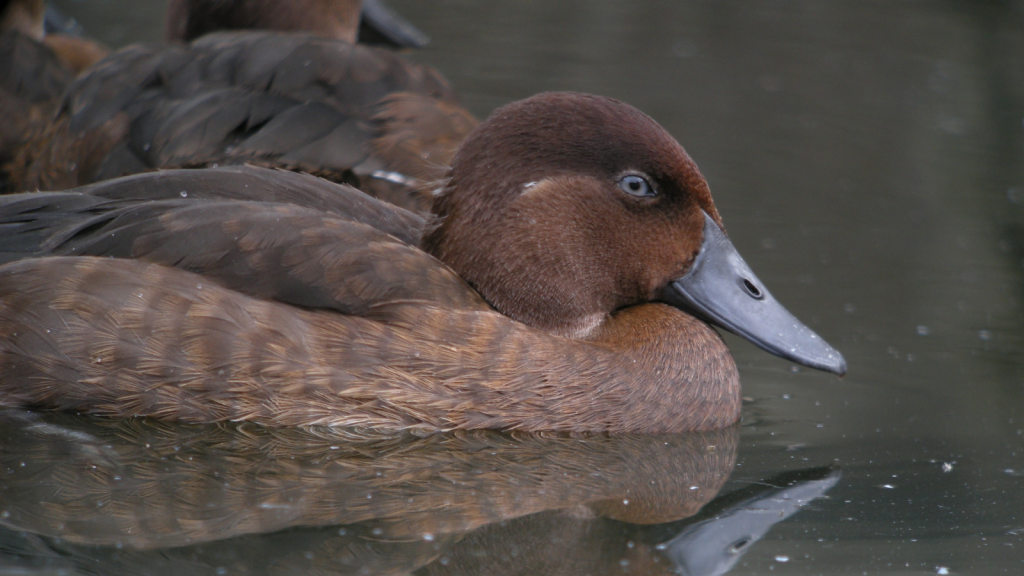
The Madagascar Pochard is a critically endangered species of diving duck that was once thought to be extinct. Rediscovered in 2006, fewer than 100 of these ducks remain in the wild, confined to a single lake in Madagascar. Habitat destruction and pollution have made survival difficult, but conservationists are working hard to protect this unique species.
11. Ganges River Dolphin – The Blind Swimmer
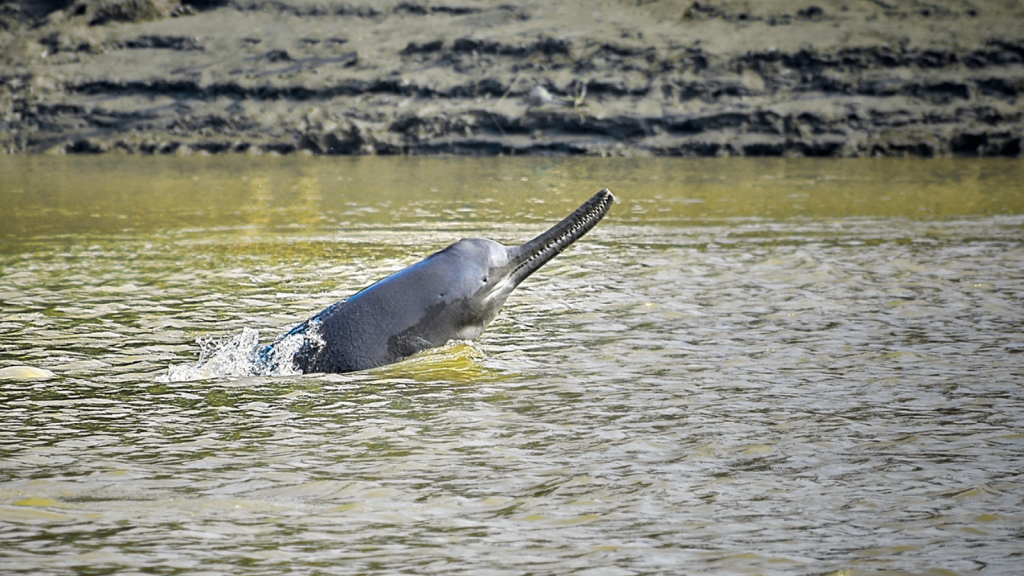
The Ganges River Dolphin is one of the only freshwater dolphins in the world, living in the murky waters of the Ganges and Brahmaputra rivers. These dolphins are nearly blind and rely on echolocation to navigate and hunt for food. Pollution, dam construction, and entanglement in fishing nets have caused their population to plummet, with only a few thousand left in the wild.
12. Attenborough’s Long-Beaked Echidna – The Elusive Egg-Layer
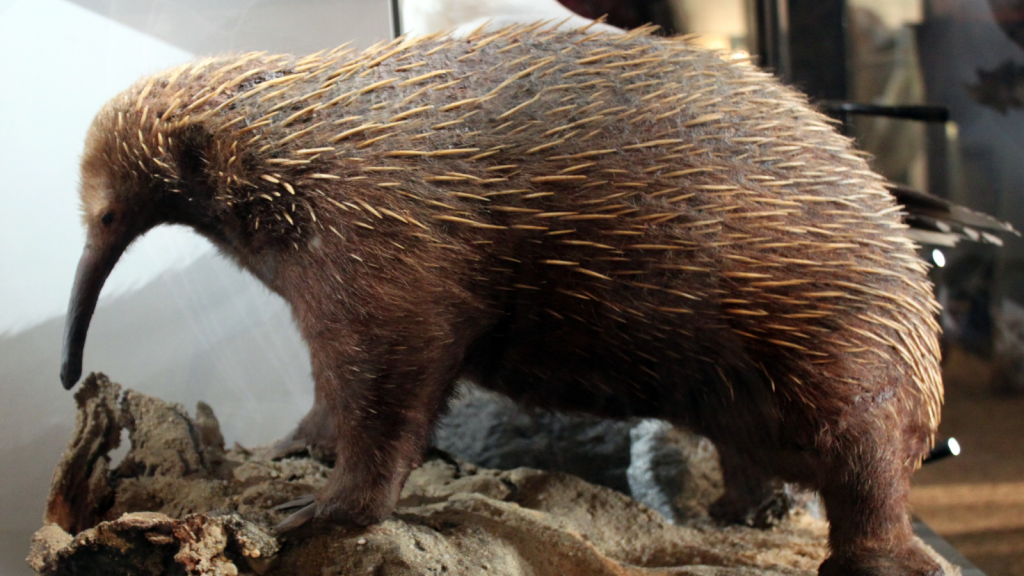
Named after Sir David Attenborough, this unusual mammal from New Guinea is one of the few egg-laying mammals, known as monotremes. The Long-Beaked Echidna has a unique diet of earthworms and insects, using its long snout to forage in the forest floor. However, due to habitat loss and hunting, this species is critically endangered, and very little is known about its remaining population.
13. Ploughshare Tortoise – The Golden Shell Tortoise
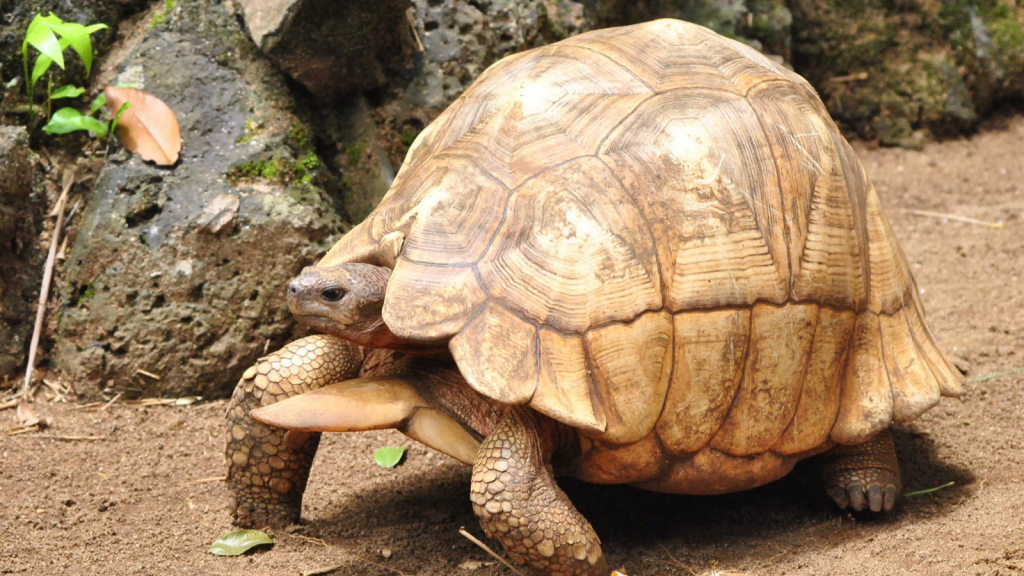
Found only in Madagascar, the Ploughshare Tortoise is critically endangered, with fewer than 400 left in the wild. Its striking golden shell has made it a target for poachers in the illegal pet trade. Conservationists are working to protect this species, but the illegal trade in tortoises remains a significant threat to their survival.
14. Yangtze Giant Softshell Turtle – The Last of Its Kind
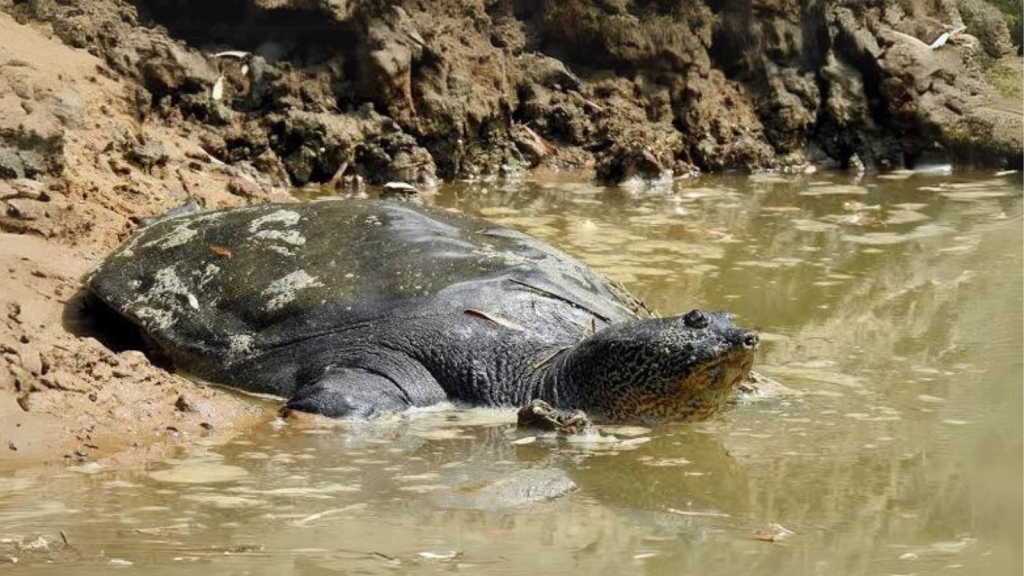
The Yangtze Giant Softshell Turtle is one of the largest freshwater turtles in the world, but tragically, only a handful remain. With their river habitats in China and Vietnam destroyed by pollution and dam construction, these turtles are on the edge of extinction. The last known female died in 2019, leaving only three males in existence. Efforts to save this species have so far been unsuccessful.
15. Northern Bald Ibis – The Sacred Bird of Egypt
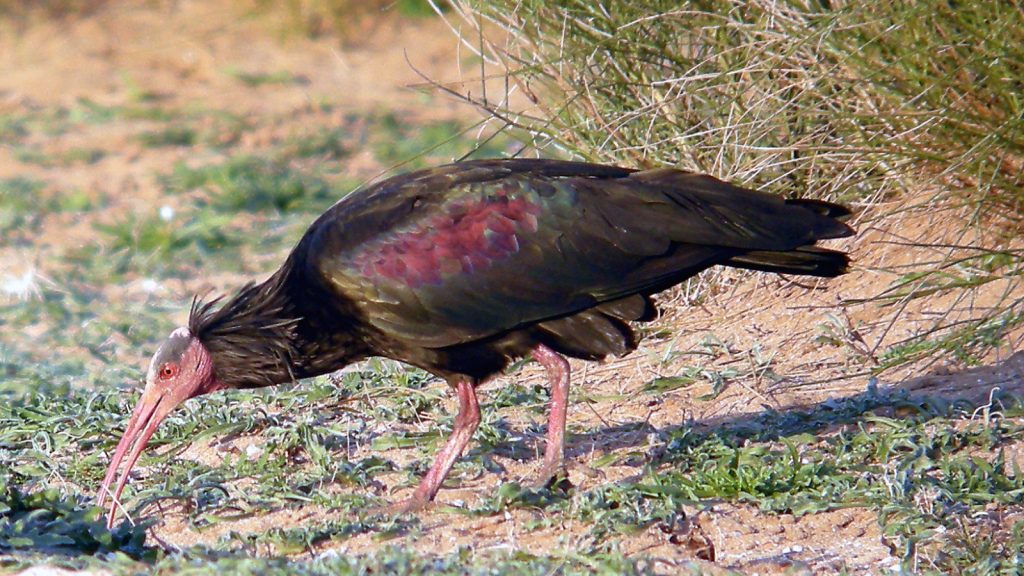
Once revered by ancient Egyptians, the Northern Bald Ibis is critically endangered, with a population that dwindled to just a few hundred individuals. Found in parts of North Africa and the Middle East, these birds have been hit hard by habitat loss, hunting, and pesticide use. Recent conservation efforts have managed to boost their numbers slightly, but they are still at high risk of extinction.
Ellen has been obsessed with logic puzzles, jigsaws, and cryptograms since she was a kid. After learning she was taught how to play chess wrong by a family friend (so they could win), she joined her school chess club and the rest is history.
